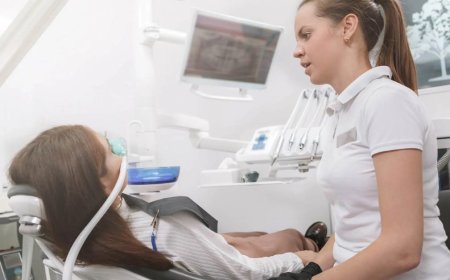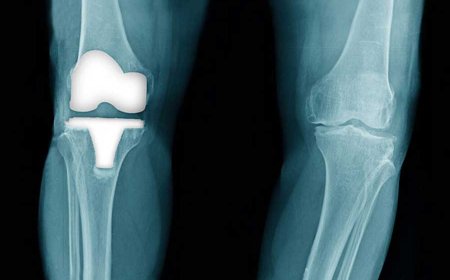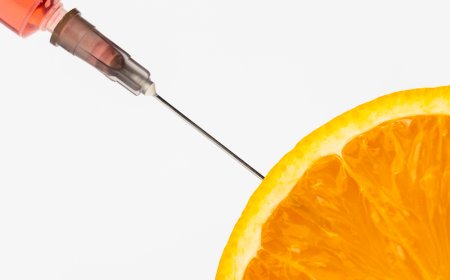The Importance of Low-Temperature Sterilizers in Modern Veterinary Practices
One of the most effective and advanced sterilization methods today is the low-temperature sterilizer, which is particularly suited for the demands of modern veterinary procedures.

Veterinary clinics that specialize in minimally invasive surgery must place significant emphasis on equipment hygiene. The proper sterilization of instruments is not just a best practiceit is essential for ensuring patient safety, preventing infections, and maintaining the longevity of sensitive tools. One of the most effective and advanced sterilization methods today is the low-temperature sterilizer, which is particularly suited for the demands of modern veterinary procedures.
Meeting the Needs of Minimally Invasive Surgery
Minimally invasive surgical techniques are becoming increasingly common in veterinary medicine due to their numerous advantages: smaller incisions, shorter anesthesia time, faster recovery, and improved patient outcomes. These procedures rely heavily on delicate and often heat-sensitive equipment such as laparoscopes, endoscopes, vessel sealers, drills, and camera heads. Traditional high-temperature sterilization methods can damage such precision instruments. This is where the low-temperature sterilizer becomes vital.
Fast and Efficient Sterilization Cycles
One of the standout features of this sterilization method is its speed. With cycle times ranging between 17 and 24 minutes, veterinary teams can process instruments rapidly and maintain workflow efficiency even during back-to-back procedures. This is particularly important in high-volume practices or emergency settings, where time is of the essence. In addition to being fast, the process is non-toxic and leaves no residue, making it safe for sensitive equipment and user-friendly for veterinary staff.
Ideal for Single-Use and Delicate Equipment
Veterinary practices often use single-patient disposable tools alongside reusable surgical equipment. Both categories require thorough sterilization before reuse or proper disposal. The system accommodates a wide range of items, including vessel sealing handles, otoscopes, rhinoscopes, and flexible scopes. Its ability to handle fragile components without compromising sterilization effectiveness makes it a dependable choice for modern clinics.
A Safer and More Reliable Veterinary Practice
Sterile instruments are non-negotiable in veterinary medicine. Bacteria-free surgical tools directly contribute to safer operations, fewer postoperative infections, and better healing. This is especially crucial in minimally invasive surgeries where the expectation is quicker recovery and minimal trauma. By incorporating a low-temperature sterilizer, clinics can protect their investments in advanced surgical instruments while safeguarding animal health.
Conclusion
The adoption of a low-temperature sterilizer reflects a commitment to both modern technology and best clinical practices. As veterinary medicine continues to evolve toward less invasive techniques, reliable sterilization systems are indispensable. They ensure that every procedure begins with instruments that are not only functional but also completely free of contaminants. With fast cycles, compatibility with delicate tools, and a safety-first approach, this sterilization method supports veterinarians in delivering the highest level of careone sterile instrument at a time.


































